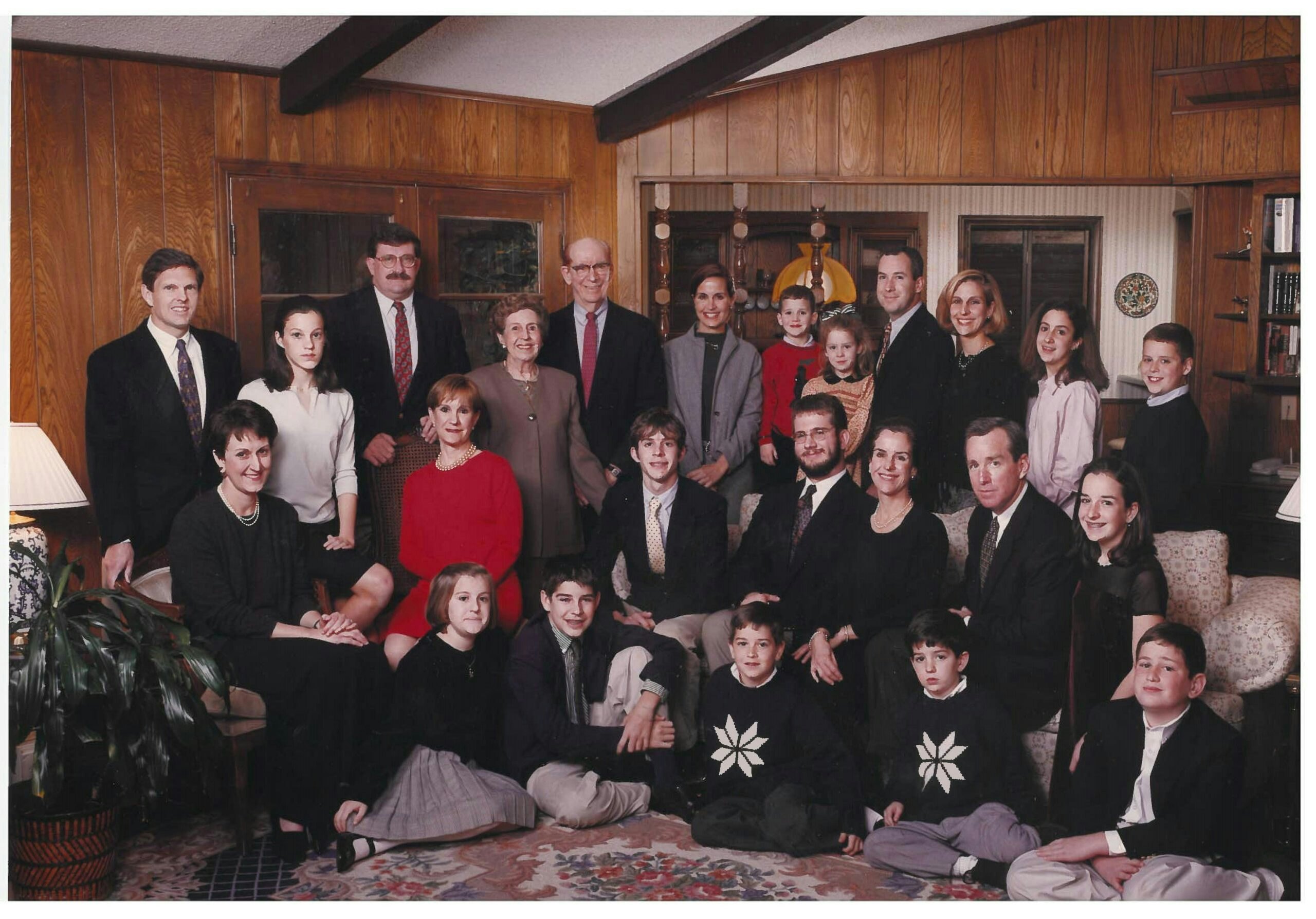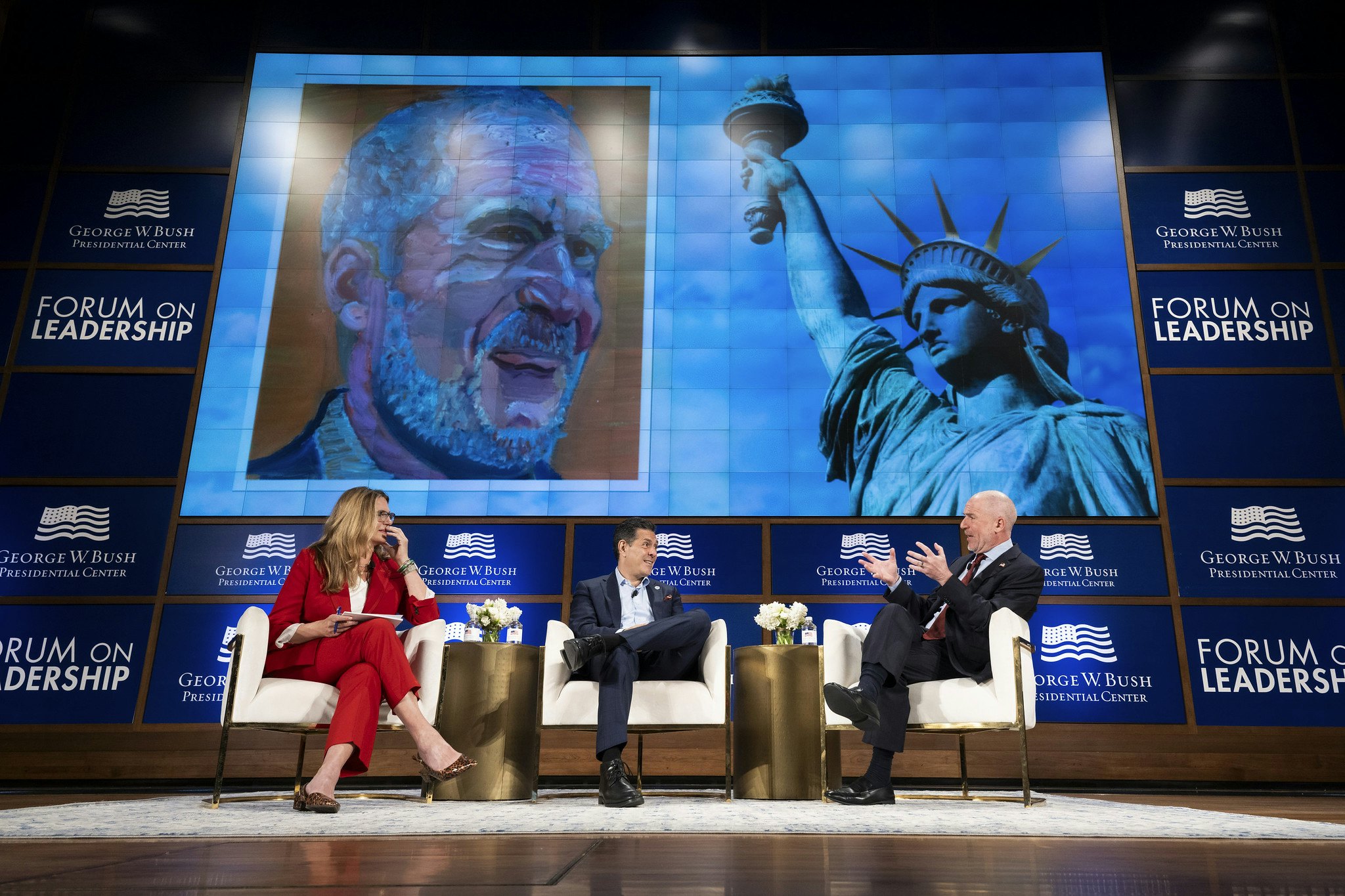Rachel Moyal-Smith is a 2023 Stand-To Veteran Leadership Program Scholar.
Until recently, I often forgot that I was a veteran. After finishing my four-year enlistment in the Army, including a year in Iraq, I was determined to put the whole experience behind me. As the years went on, I built a life for myself, becoming a mother and a physician assistant and getting my doctorate in health policy.
But then I began to hear about the physical and mental toll of service on veterans like me. People I served with started getting sick, and there were reports on the dangers of burn pits, which our unit was exposed to in Iraq. I don’t receive my health care from the Veterans Health Administration (VA), and I realized that my primary care provider knew my children’s names but not that I was a veteran or the hazards I’d faced. And I haven’t asked my patients this question in the 11 years I’ve been practicing.
The approximately 16 million veterans receiving health care outside the VA are rarely identified, and primary care providers seldom take a military history. Military service is a hidden risk factor that isn’t routinely documented or factored into care. However, it puts veterans at a high risk for many medical conditions, such as cancer, autoimmune disease, chronic pain, and mental health disorders, due to toxic exposures, injuries, and trauma.
Failing to acknowledge a patient’s military history can have dire consequences, including missed and delayed diagnosis, inappropriate treatment, and failure to refer to available specialized services. The problem is clear: Both as a patient and a medical provider, I navigate a health care system that’s often blind to the unique needs of veterans.
We must meet veterans where they are. Their health is the responsibility of the entire healthcare system, not just the VA.
Improving care for veterans outside of the VA is the focus of my personal leadership project with the George W. Bush Institute’s Stand-To Veteran Leadership Program. I plan to leverage my skills in health systems innovation and my background as a veteran and medical provider to spur action by bringing together organizations to form the Veterans Health Innovation Accelerator.
The Accelerator will focus on developing solutions to systematically identify veterans receiving care outside of the VA and then integrating that knowledge into medical decision-making. To be successful, the solution cannot rely on one method, such as training modules and documentation in the medical record. Instead, we need to collaborate to create a multipronged approach that leverages critical moments in the veterans’ healthcare journey. There are four areas that I have identified in my research as starting points: veterans disclosing and advocating to their healthcare provider, improving medical providers’ clinical confidence in caring for veterans, developing payment models to incentivize identifying and tracking veterans health, and improving bidirectional communication between the VA and non-VA healthcare organizations to develop evidence-based pathways and streamline referrals.
Envision a future in which veterans are instructed to inform all healthcare providers of their service history upon leaving the military and are given a card they can hand to their provider delineating the specific health risks associated with their service. Then, when they get care, their military history is documented in the medical record. Healthcare providers, informed of a patient’s veteran status, incorporate this crucial information into medical decision-making and order appropriate high-risk screening tests and referrals.
Moreover, if private insurance companies kept track of veterans, they could seek reimbursement from the VA or redirect patients for service-connected medical conditions. Payment models that reimburse for taking a military history and cover specialized testing for veterans can reinforce consistent evidence-based care. If military service is routinely documented, health outcomes for all veterans, not just those with the VA system, can be monitored. This can provide insights and form the evidence base for new services and approaches which prioritize veterans’ health across the care continuum.
To make this a reality we must dissolve the boundaries of the current systems and focus on the veteran and how they receive their care. We’ll accelerate progress by developing a shared understanding of the problem and by prioritizing solutions together rather than working in silos.
We must come together to ensure that veterans receive the right care everywhere.





























